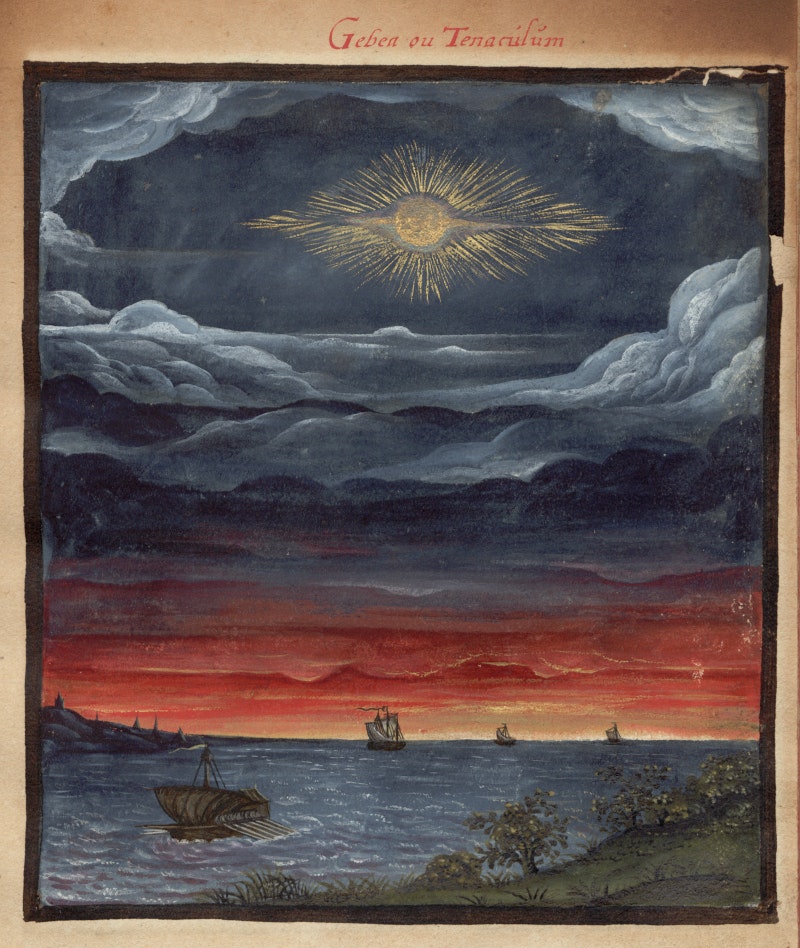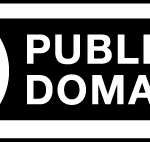What Is the Public Domain?
Learning Objectives
By the end of this chapter, you will be able to
- Define the “public domain.”
- Explain how works enter the public domain.
- Describe how works in the public domain may be used.
The public domain consists of works that are not subject to copyright.

How Do Works Enter the Public Domain?
Works enter the public domain in one of four ways.
1. The copyright expires.
Copyright terms may be long, but they do not go on forever. In most countries, the term of an individual’s copyright expires 50 years after the individual’s death. In some countries, the term is longer and can be up to 100 years after the author dies.
2. The work was never entitled to copyright protection.
Copyright covers vast amounts of content created by creators, but certain categories of works cannot be copyrighted. For example, remember that ideas and facts cannot be copyrighted. Additionally, in the United States, works created by officers or employees of the U.S. government as part of their official duties are not copyrighted; nor are such official legal documents as judicial opinions and laws.
3. The creator dedicates the work to the public domain before copyright has expired.

In most parts of the world, a creator can decide to give up the protections of copyright and dedicate their work to the public domain. Creative Commons has a legal tool called CC0 (“CC Zero”) Public Domain Dedication that helps authors put their works into the worldwide public domain to the greatest extent possible.
4. The copyright holder failed to comply with formalities to acquire or maintain their copyright.
Today in most countries, there are no formal requirements to acquire or renew copyright protection over a work. This was not always the case, however, and many works have entered the public domain over the years because a creator failed to do what was needed to keep their copyright.
What Can Be Done with Works in the Public Domain?
You can do almost anything with works in the public domain—but it depends on the scope and duration of copyright protection in the particular country where the work is used. Depending on the country, for example, a work in the public domain may still be covered by moral rights that last beyond the duration of copyright. (Moral rights, according to Creative Commons, “are rights that protect, sometimes indefinitely, the bonds between authors and their creative outputs.”) It’s also possible that a work is in the public domain in one country, but is still under copyright in another country. This means you may not be able to use the work freely where copyright still applies.
Attribution
This chapter is excerpted from 2.3 The Public Domain by Creative Commons, licensed CC BY 4.0. The learning objectives and introductory text are original to this version, and the text has been adapted for a student audience.
